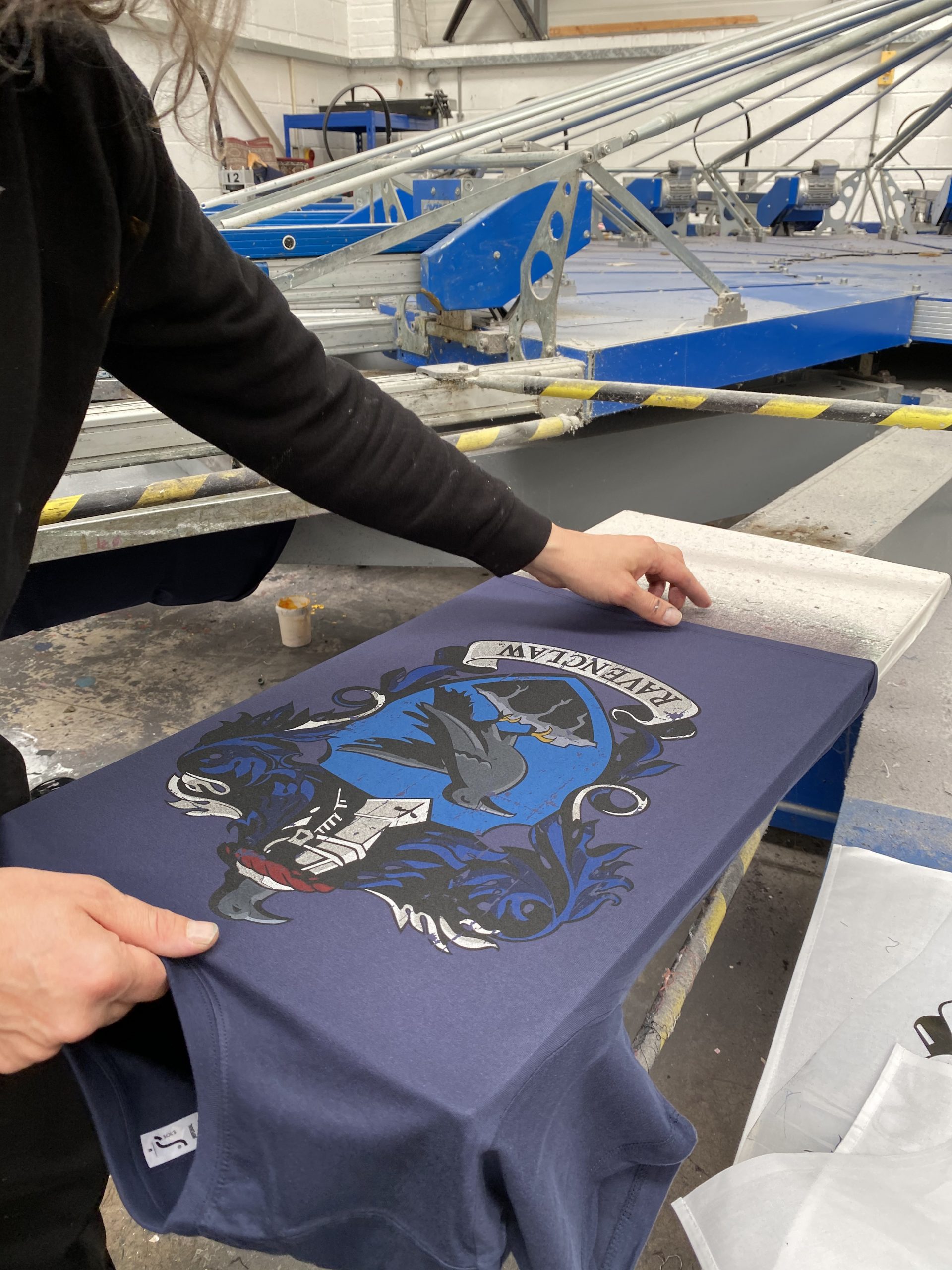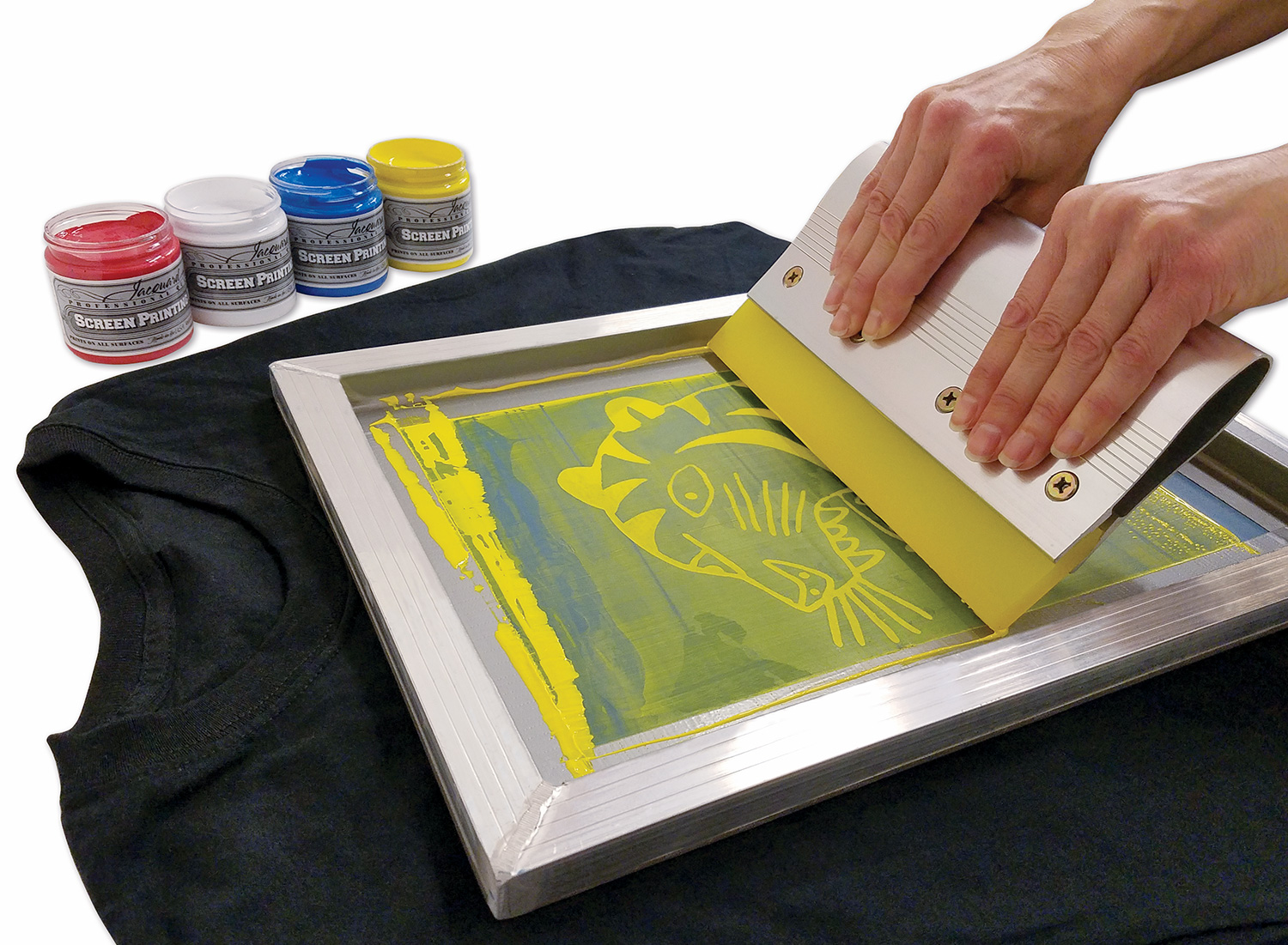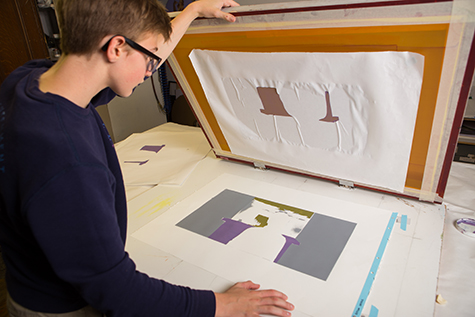ChatGPT said: Why 10:9 Design near me is the best option for local customers
The Necessary Overview to Recognizing Screen Printing and Its Versatile Uses
Screen printing has an abundant background that goes back to old times, developing right into an advanced technique utilized throughout different markets today. This guide explores the intricacies of the screen printing process, describing its applications in marketing, fashion, and home style - 10:9 Design near me. Understanding these fundamentals can open creative potential for both industrial and artistic tasks. The complying with areas will certainly disclose vital tips and techniques to enhance one's screen printing ventures
The History of Screen Printing
Screen printing has roots that map back centuries, its evolution mirrors the technical and artistic advancements of different societies. Coming from in old China, the strategy was initially used for decorating fabrics and later spread to Japan, where it ended up being integral to Ukiyo-e woodblock printing. The technique moved to Europe in the 18th century, where it got appeal amongst artisans and commercial printers. The creation of photo solution in the 20th century reinvented screen printing, permitting more detailed designs and greater efficiency. Artists like Andy Warhol better propelled its popularity, utilizing the tool to develop iconic jobs that blended commercialism and great art. By the late 20th century, screen printing had actually established itself as a flexible technique, utilized in style, advertising, and great art. Today, it remains to advance, integrating electronic modern technology and expanding its applications across numerous markets.
The Screen Printing Refine Explained
Screen printing transforms imaginative visions into substantial styles through a series of accurate actions. An image is produced and after that transferred onto a screen, typically made of great mesh textile extended over a framework. A light-sensitive solution is related to the screen, which is subjected to light, hardening in areas not covered by the photo. After washing out the unhardened emulsion, a pattern is created.
Next, the screen is placed over the substrate, whether it be fabric, paper, or one more material. Ink is then pushed via the open areas of the pattern using a squeegee, transferring the design onto the substrate listed below. This procedure can be repeated for multiple shades, needing separate displays for every shade. Ultimately, the published product is healed using heat to assure the ink adheres effectively, causing a resilient, dynamic style on-line.
Types of Screen Printing Techniques

Furthermore, specialized techniques, such as discharge screen printing, get rid of dye from the material to create softer prints, while foil screen printing applies metallic foil to achieve a shiny surface (10:9 Design reviews). Each method supplies distinctive characteristics, accommodating different innovative requirements and production ranges, inevitably expanding the possibilities within the screen printing domain name
Applications of Screen Printing in Numerous Industries

In addition, the signs and marketing industries use screen printing for creating eye-catching screens and banners. This method permits vibrant colors and elaborate layouts that record focus. In electronic devices, screen printing is used for applying conductive inks to motherboard, essential for component links. The home design market accepts screen printing to create distinctive styles on fabrics and wall surface art. In general, screen printing acts as an important tool throughout diverse fields, boosting items with personalized and aesthetically appealing graphics.
Tips for Effective Screen Printing Projects
While embarking on a screen printing task, mindful focus to detail can substantially boost the final outcome. First, picking top notch materials is necessary; this includes the screen, inks, and substrates. Utilizing suitable mesh counts can impact ink deposition and detail resolution. Preparation is similarly important; detailed cleaning of displays and appropriate direct exposure times guarantee crisp prints.
Next off, precise enrollment is critical for multi-color prints. Utilizing alignment tools can help achieve specific layering. In addition, screening prints on scrap materials prior to production assists recognize possible issues without throwing away resources.

Frequently Asked Concerns
What Materials Are Ideal for Screen Printing on Fabric?
Cotton and polyester blends are optimal for screen printing on textile due to their longevity and ink absorption. Additionally, specialty fabrics like silk or canvas can create unique structures and coatings, improving the total style quality.
How Do I Clean and Maintain Screen Printing Devices?
To clean and preserve screen printing tools, one must consistently wash displays with ideal solvents, inspect mops for wear, lube moving components, and store all products in a completely dry, dust-free setting to click for more info lengthen their life expectancy.
What Are the Ecological Influences of Screen Printing?
Screen printing can have significant environmental effects, including chemical waste from inks and solvents, water use during cleansing processes, and power consumption. Lasting methods and eco-friendly products are necessary for decreasing these negative impacts.
Can Screen Printing Be Done at Home Successfully?
Screen printing can be properly done at home with the right materials and methods. Hobbyists can produce high quality prints, though success depends upon their ability degree, equipment, and understanding of the process included.
What Are the Costs Connected With Beginning a Display Printing Service?

Beginning a screen printing service entails prices for tools, products, and work space. First expenses normally range from a couple of hundred to numerous thousand bucks, depending on the range, high quality of machinery, and preferred manufacturing ability.
Screen printing has a rich history that dates back to old times, developing right into an advanced method made use of throughout various industries today. Another method, rotating screen printing, utilizes round displays, helping with constant printing on material rolls, thus boosting efficiency for large productions. Furthermore, specialty strategies, such as discharge screen printing, eliminate color from the textile to produce softer prints, while foil screen printing uses metal aluminum foil to achieve a shiny surface. In the style sector, screen printing is commonly utilized to develop lively layouts on apparel, allowing brand names to display their special designs. Cotton and polyester blends are optimal for screen printing on textile due to their resilience and ink absorption.